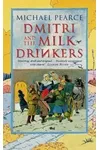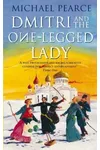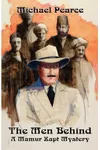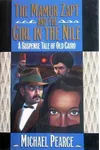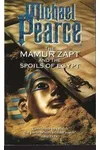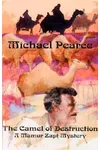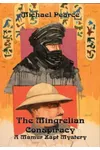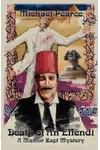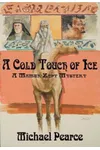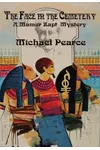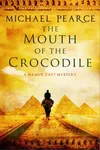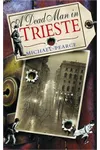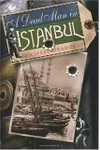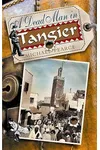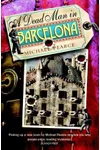Picture a British storyteller who spun gripping mysteries against the vibrant backdrop of early 20th-century Cairo—meet Michael Pearce! Best known for his Mamur Zapt series, Pearce blended historical crime fiction with sharp wit and meticulous research, drawing readers into a world of colonial intrigue and cultural complexity. His novels, steeped in the tensions of Anglo-Egyptian Sudan, offer a thrilling escape into a bygone era.
Born in 1933, Pearce’s life was as fascinating as his stories. With a knack for languages, a career in academia, and a passion for human rights, he crafted tales that resonate with authenticity and humor, earning him awards and a loyal global readership.
The Making of Michael Pearce
Raised in Anglo-Egyptian Sudan, Michael Pearce grew up immersed in a multicultural world that shaped his storytelling. His fascination with languages led him to train as a Russian interpreter during the Cold War, a skill that honed his ear for dialogue. Later, he taught English and the History of Ideas, eventually working as an administrator with Amnesty International. This rich tapestry of experiences—blending linguistics, academia, and human rights—infused his writing with depth and empathy. Pearce began his literary journey in 1988 with *The Mamur Zapt and the Return of the Carpet*, launching a series that would define his legacy.
Michael Pearce’s Unforgettable Stories
The Mamur Zapt series, spanning 19 novels, follows Captain Gareth Cadwallader Owen, the Welsh head of Cairo’s secret police in the early 1900s. Set against the backdrop of British-ruled Egypt, the series masterfully weaves historical events with clever mysteries. *The Mamur Zapt and the Return of the Carpet* (1988) kicks off with a political assassination attempt during a religious festival, showcasing Pearce’s knack for blending tension and humor. *The Mamur Zapt and the Spoils of Egypt* (1992), which won the Crime Writers’ Association’s Last Laugh Award, dives into the murky world of antiquities smuggling, highlighting Pearce’s sharp wit.
Pearce’s style is a delightful mix of dry humor, vivid settings, and empathetic characters. His Cairo comes alive with bustling markets, clashing cultures, and the complexities of colonial rule. Novels like *Death of an Effendi* (1999), shortlisted for the Ellis Peters Award, explore Egypt’s elite and foreign influences, while *The Bride Box* (2013) tackles slavery and rebellion with nuance. Pearce’s meticulous research and linguistic flair make each story a cultural journey, appealing to fans of historical fiction and crime alike.
Beyond Mamur Zapt, Pearce wrote the Dmitri Kameron series, set in 1890s Tsarist Russia, and the Seymour of Special Branch mysteries, showcasing his versatility. His ability to capture the quirks of different eras and places sets him apart as a master of historical crime fiction.
Why Michael Pearce Matters
Michael Pearce’s work transcends the typical crime novel, offering a window into the social and political intricacies of colonial Egypt. His empathetic portrayal of diverse communities—Muslim, Coptic Christian, and European—resonates with readers seeking stories that reflect cultural nuance. Pearce’s humor and insight, paired with his human rights advocacy, made his novels both entertaining and thought-provoking. His passing in 2022 marked the end of an era, but his books continue to captivate, inspiring fans and writers of historical mysteries.
- Born: 1933 in Anglo-Egyptian Sudan
- Key Works: Mamur Zapt series, Dmitri Kameron series
- Awards: Crime Writers’ Association Last Laugh Award (1992), Ellis Peters Award shortlist (1999)
- Died: 2022
Ready to step into the sun-soaked streets of old Cairo? Grab *The Mamur Zapt and the Return of the Carpet* and dive into Michael Pearce’s thrilling world of historical crime!
